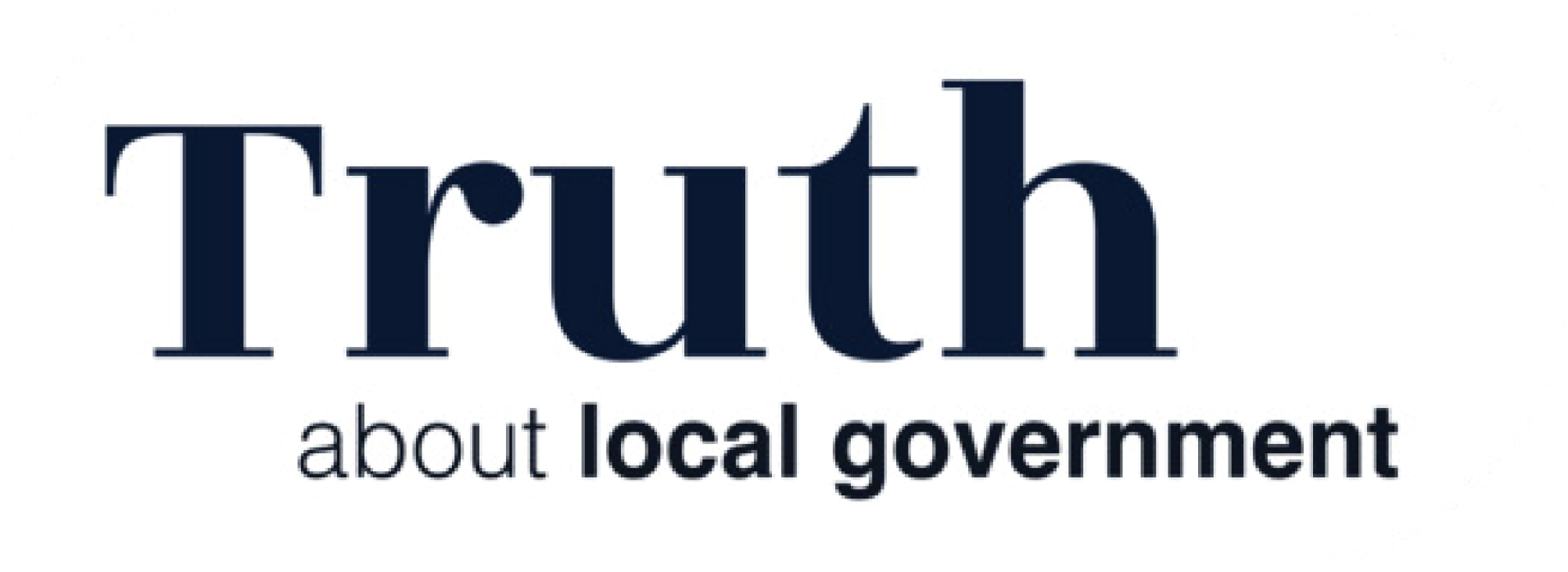Coaching Through Challenge: Understanding Behaviour to Lead Better
- truthaboutlocalgov
- May 17
- 4 min read
Why Behaviour Matters in Leadership
In the world of local government, officers are often tasked with leading diverse teams, managing public expectations, and navigating complex interpersonal dynamics. One of the most persistent challenges they face is dealing with difficult or disruptive behaviour—whether from colleagues, stakeholders, or even within themselves.

To lead effectively and coach others toward growth, it’s essential to understand the psychological foundations of behaviour. This blog post explores three influential behavioural theories—Kurt Lewin’s Change Theory, Peter Honey’s Behaviour Modification, and Robert Hare’s Psychopathy Checklist—and how they can be applied by local government officers who want to grow as leaders and coaches.
1. Kurt Lewin: Reshaping Behaviour Through Change
Theory Summary: The Three Stages of Change
Kurt Lewin, a pioneer in social psychology, proposed that behaviour is shaped by both the person and their environment. His three-stage model of change is widely used in leadership and organisational development:
"If you want truly to understand something, try to change it." Kurt Lewin
Unfreeze: Recognise the need for change and prepare for it by challenging existing beliefs, behaviours, and processes.
Change: Introduce new behaviours, ideas, or systems. This is the transition phase where learning and adaptation occur.
Refreeze: Stabilise the new behaviours by reinforcing them until they become the new norm.
Lewin also introduced the formula B = f(P, E), meaning Behaviour is a function of the Person and their Environment.
"Every psychological event depends upon the state of the person and at the same time on the environment." Kurt Lewin
Application for Local Government Officers
Coaching Conversations: Use the “unfreeze” stage to help team members reflect on what’s not working and why change is necessary.
Creating Safe Spaces: During the “change” phase, foster an environment where experimentation and learning are encouraged without fear of failure.
Embedding New Norms: In the “refreeze” stage, reinforce positive behaviours through recognition, feedback, and consistent leadership.
By applying Lewin’s model, officers can guide their teams through behavioural change in a structured, empathetic, and sustainable way.
2. Peter Honey: Behaviour Modification and Reinforcement
Theory Summary: Shaping Behaviour Through Consequences
Peter Honey, known for his work on learning styles, also explored how behaviour can be shaped through reinforcement. Drawing from behaviourist psychology, he emphasized:
"What gets rewarded gets repeated."
Positive Reinforcement: Rewarding desired behaviours to increase their frequency.
Negative Reinforcement: Removing an unpleasant stimulus when the desired behaviour occurs.
Punishment: Applying a consequence to reduce the likelihood of an undesired behaviour.
This approach is grounded in the idea that people are more likely to repeat behaviours that are rewarded and avoid those that are punished.
Application for Local Government Officers
Reinforce What You Want to See: Acknowledge and reward behaviours that align with team values and goals—this could be through praise, recognition, or opportunities for growth.
Use Feedback Strategically: Offer constructive feedback that helps individuals understand the impact of their actions and how to improve.
Avoid Over-Reliance on Punishment: While consequences are sometimes necessary, focus on building a culture of trust, learning, and intrinsic motivation.
As a coach, your role is to help people see the link between their actions and outcomes—and to guide them toward more effective behaviours.
"Learning is most effective when it is active, not passive."
3. Robert Hare: Understanding Toxic Behaviour with the Psychopathy Checklist
Theory Summary: Identifying Harmful Traits
Robert Hare developed the Psychopathy Checklist-Revised (PCL-R) to assess psychopathic traits, particularly in forensic and clinical settings. While not intended for everyday workplace use, understanding the traits can help leaders recognise and manage toxic behaviours.
"Psychopaths view the world as a dog-eat-dog place. They are determined to come out on top, no matter what it takes." Robert Hare
Key traits include:
Lack of empathy or remorse
Manipulativeness and deceitfulness
Superficial charm
Impulsivity and irresponsibility
Failure to accept responsibility for actions
These traits can be deeply disruptive in team environments, especially when left unchecked.
"The most frightening part about psychopaths is not their violence, but their ability to manipulate and deceive."
Application for Local Government Officers
Recognise Red Flags: Be alert to patterns of manipulation, blame-shifting, or emotional detachment that may indicate deeper behavioural issues.
Set Boundaries: Establish clear expectations and accountability structures to protect team dynamics and morale.
Protect Your Energy: Develop emotional intelligence and resilience to avoid being drawn into toxic dynamics or power struggles.
While most people won’t meet the clinical threshold for psychopathy, understanding these traits can help leaders respond more effectively to difficult personalities.
Conclusion: Leading with Insight, Coaching with Compassion
Dealing with challenging behaviour is part of the leadership journey—especially in the public sector, where stakes are high and pressures are constant. By drawing on the insights of Lewin, Honey, and Hare, local government officers can:
Understand the roots of behaviour
Guide others through change
Reinforce positive actions
Recognise and manage toxic traits
Ultimately, coaching is not just about helping others grow—it’s about growing yourself. By deepening your understanding of human behaviour, you become a more effective, empathetic, and resilient leader.



